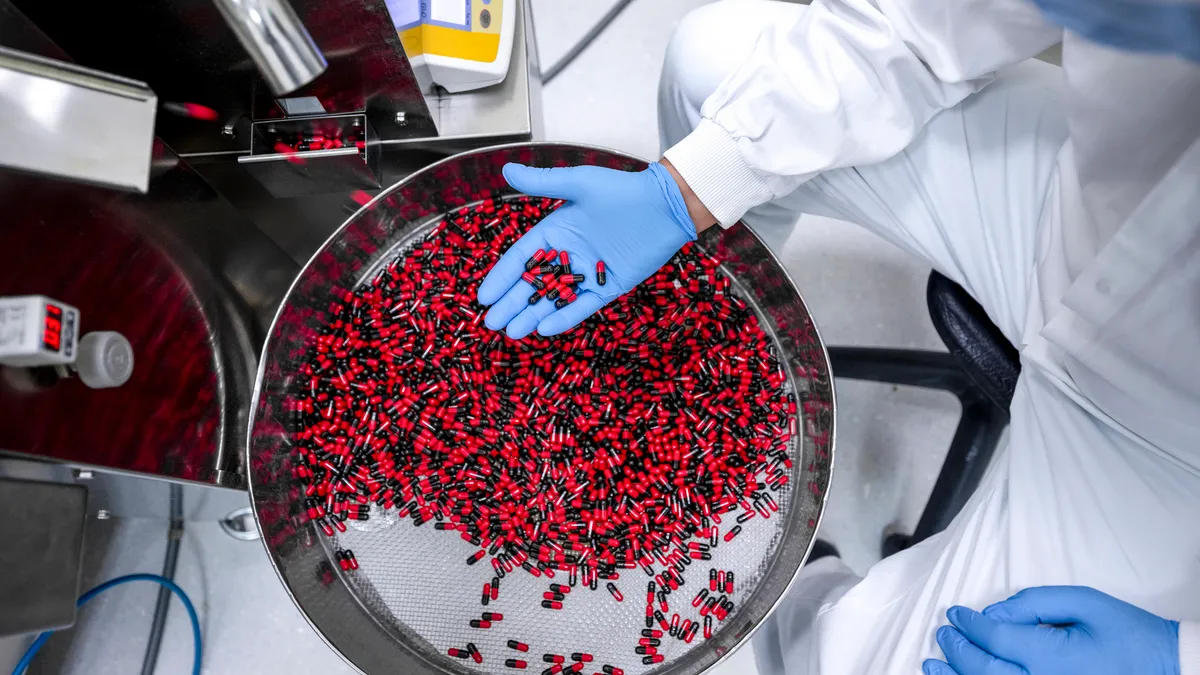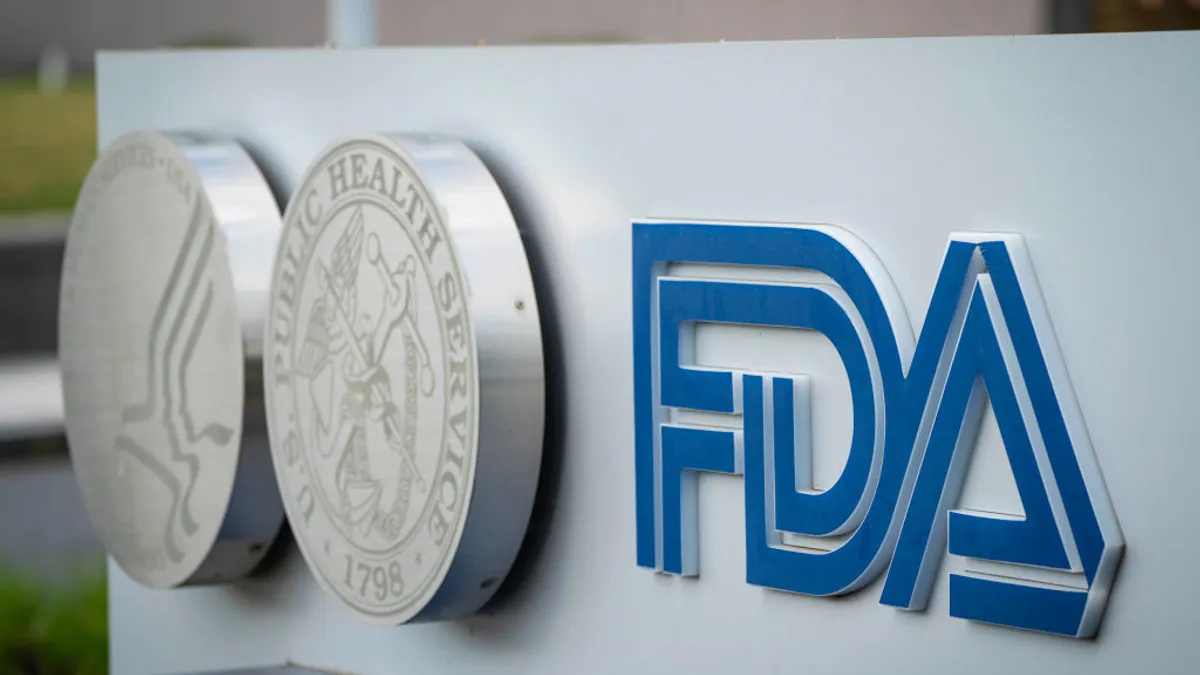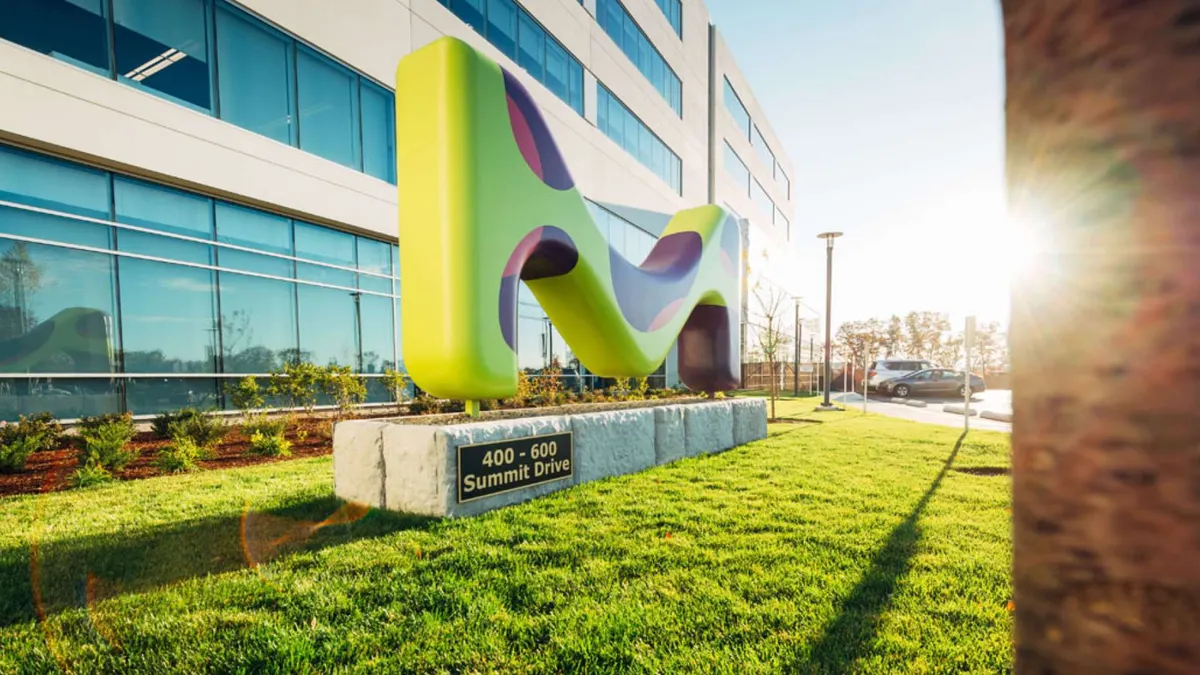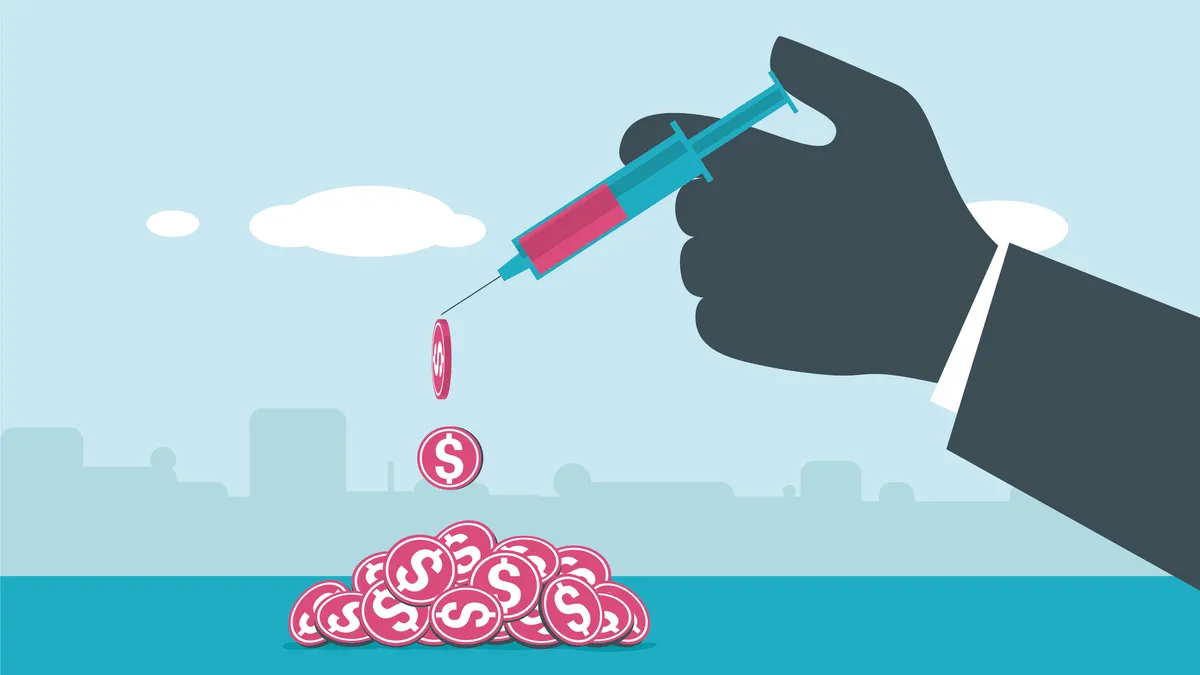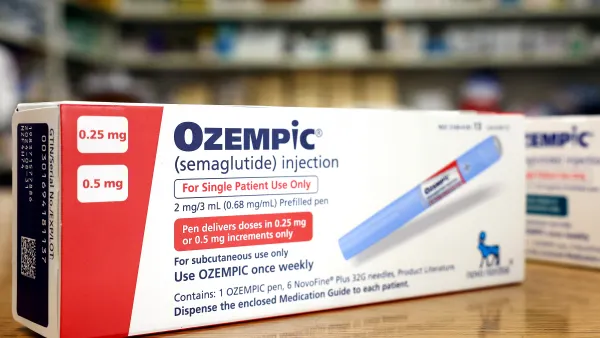Manufacturing investments have taken center stage in recent years — from some pharma giants ramping up GLP-1 manufacturing capacity to meet soaring demand to other companies focusing on advanced capabilities that could ensure an adequate supply of vaccines.
With the spotlight on the industry’s need to increase capacity and make manufacturing more efficient, Eli Lilly and Merck & Co. have partnered with Purdue University to launch the Young Institute Pharmaceutical Manufacturing Consortium, which will research and develop new production technologies.
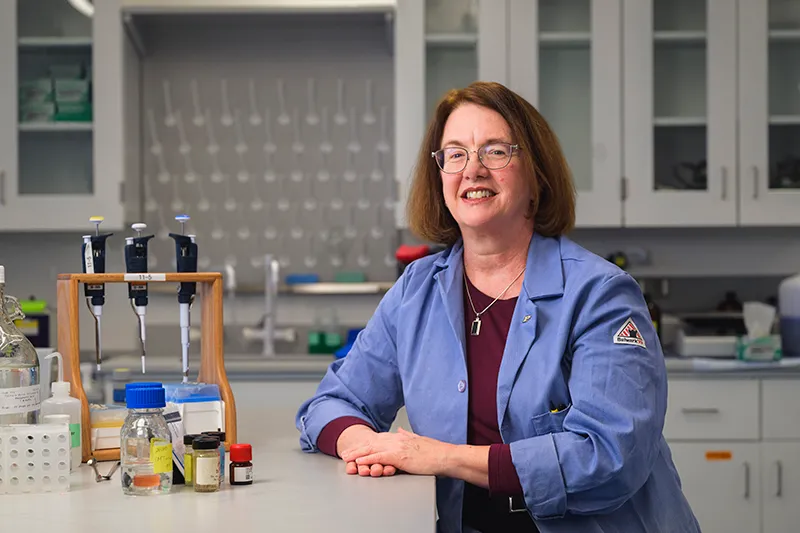
“The consortium brings together companies invested in pharmaceutical manufacturing, with the goal of spanning the value chain: Big Pharma, startups, equipment manufacturers, instrument manufacturers, packaging companies, and venture capital, to name a few. Our initial focus will be on drug product manufacturing,” Elizabeth Topp, director of the Young Institute, said via email.
The collaboration also “underscores a commitment to onshoring pharmaceutical manufacturing while bolstering domestic production,” said a press release announcing the consortium. That could be especially important as new tariffs threaten to raise costs and exacerbate shortages.
Lilly has already put its money where its mouth is in that regard, saying it will spend $3 billion to expand a manufacturing facility in Wisconsin it bought in April and add new capabilities to produce injectable medicines. It also recently invested $9 billion in an Indiana manufacturing site and opened a new facility in North Carolina.
At the new Young Institute, companies will focus on experimentation.
“We hope that innovations from our consortium will make it into ‘real’ manufacturing facilities, though,” Topp said.
One major focus of the consortium will be improving aseptic processing technology, a key component of injectable drug manufacturing, through advances including AI, robotics and in-process sensors.
“Aseptic processing maintains a sterile, microorganism-free environment during manufacturing without using heat sterilization. It's particularly important for injectable liquid products, where sterility is an absolute requirement but where the drug could be damaged by heating,” Topp said. “These ‘sterile injectables’ include life-saving medicines like insulin and vaccines, and constitute most of the drug shortages in the U.S.”
Here, Topp explains more about the consortium’s potential impact on the industry.
This interview has been edited for brevity and style.
PHARMAVOICE: Let’s talk about how the consortium will leverage its manufacturing footprint. Will it include joint facilities and cost sharing?
ELIZABETH TOPP: Yes, joint manufacturing facilities will be involved. We're working on renovating space at Purdue that will be a testing ground for new manufacturing technologies. It won't be operated under full regulatory approval (under GMP conditions), so we won't actually be making any drug products. We're very keen to have companies of all kinds join our consortium — proposals for joining by cost share, in the form of equipment donations or donations of computational resources, are welcome.
How will these efforts eventually benefit the broader pharma industry?
Member companies and the industry as a whole will benefit in several important ways. For example, our members will have the opportunity to develop new manufacturing technologies, and to drive the focus areas of the consortium's research efforts toward the critical pain points for the industry. Those efforts will involve collaboration with Purdue's outstanding faculty, which is rich in science and engineering talent in a strongly entrepreneurial environment.
In addition, members will be able to speak collectively to regulatory agencies, in the form of best practices papers and consensus standards for new manufacturing technologies, with greater impact than individual companies speaking alone. Our members will also develop a direct connection with a great talent pipeline in the form of Purdue students and will have the opportunity to help shape the type of education and training they receive.
What will participation look like for companies in the consortium?
We have three membership tiers with a range of financial commitment and influence. The tiers have been designed to encourage participation by the full value chain, from multinational pharmaceutical companies to startups and academic institutions.
Will the consortium have an impact on the broader industry goal of onshoring more pharma manufacturing?
It's a great question and we certainly don't have all the answers. Pharmaceutical manufacturing is global, with many key raw materials and drug compounds being produced in countries like India and China. Because it's less expensive to manufacture in those countries than in the U.S., offshoring has helped control overall manufacturing costs. Imposing tariffs may decrease the offshore advantage, but with the risk of greater overall costs, costs that will probably be passed on to consumers.
There is also considerable interest in onshoring pharmaceutical manufacturing to ensure that there's an adequate supply of critical medicines during pandemics or global conflicts. We hope that our initiatives to improve pharmaceutical manufacturing technology will help make onshoring achievable, and lessen the impact of tariffs, by improving efficiency, throughput, and supply chain management.


